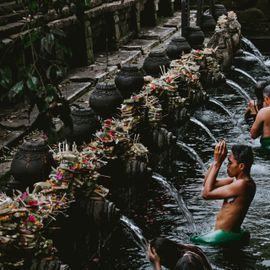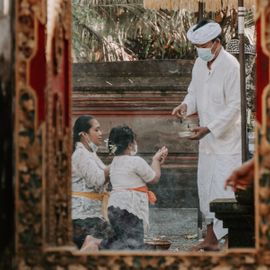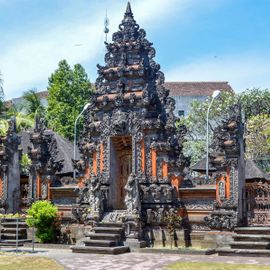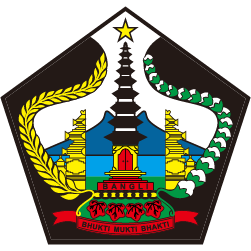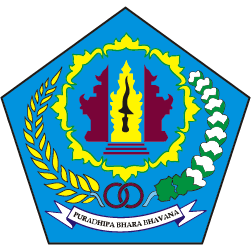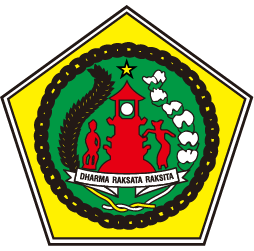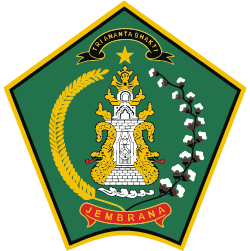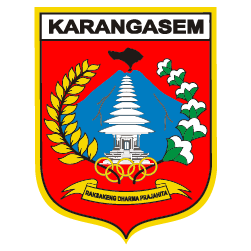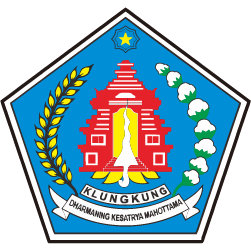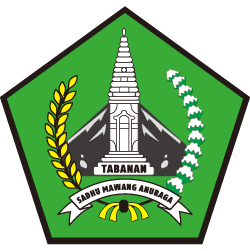Ngerebeg Tradition: Body Painting Rituals To Neutralize Bad Traits
Ngerebeg Tradition: Body Painting Rituals To Neutralize Bad Traits.
Traditions are passed down for generations in Bali. By carrying out the tradition, they hope that life will be good and harmonious. Even with a tradition that is still carried out in Tegalalang Village, Tegallalang District, Gianyar Regency. The name is the Ngerebeg Tradition which is held every 210 days. The implementation coincides with Rahina Pegat Uwakan or in the Balinese calendar is on Buda Kliwon Pahang day.
The Ngerebeg tradition is followed by 7 Desa Pakraman Tegalalang, including Banjar Gagah, Banjar Pejeng Aji, Banjar Tegalalang, Banjar Tengah, Banjar Penusuan, Banjar Tri Wangsa, and Banjar Tegal. This ritual has a meaning as a neutralizing bad character in the human body and the universe. Ngerebeg comes from the Kawi language which means to expel or provide a place for the wong samar. The wong samar has a negative influence on the human mind and the universe, then it is placed on the palinggih.
Not only children who paint their bodies, but adults also participate to paint their bodies to look 'scary' like a bhutakala. Bhutakala, which is a scary-looking mythology creature, can damage the purity of the mind. Then the procession of tradition was carried out by painting the body to deliver the implementation of the holy ritual at Pura Duur Bingin. Approximately 10 kilometers, the procession will be performed around the village. After the procession, piodalan was held at Pura Duwur Bingin on the next day.
Unlike the body painting done by the artists. This self-painting ritual in Tegalalang Village has a deep meaning for the residents. The Ngerebeg tradition is also included as a mecaru or ritual that supports the balance of relations between humans and the universe.
The concept of Balinese belief, the majority of which are Hindu, does use many symbols in practice. Including the Ngerebeg Tradition which is categorized as an implementation of the harmony of the universe. That the ‘dark’ is not denied presence like ‘night’. In cultural symbolic expressions, the colors depicted on the body are images of the bhutakala. Bhutakala, based on the mythology written on the palms of Purwa Bhumi Kemulan and Shiva Gama, comes from the words bhuta and kala. It means the energy that causes darkness.
Darkness is not meant as something bad, but as a process of creation. On certain days, humans are tested to be good or vice versa. Also on that day, order and damage become a test in a process.





